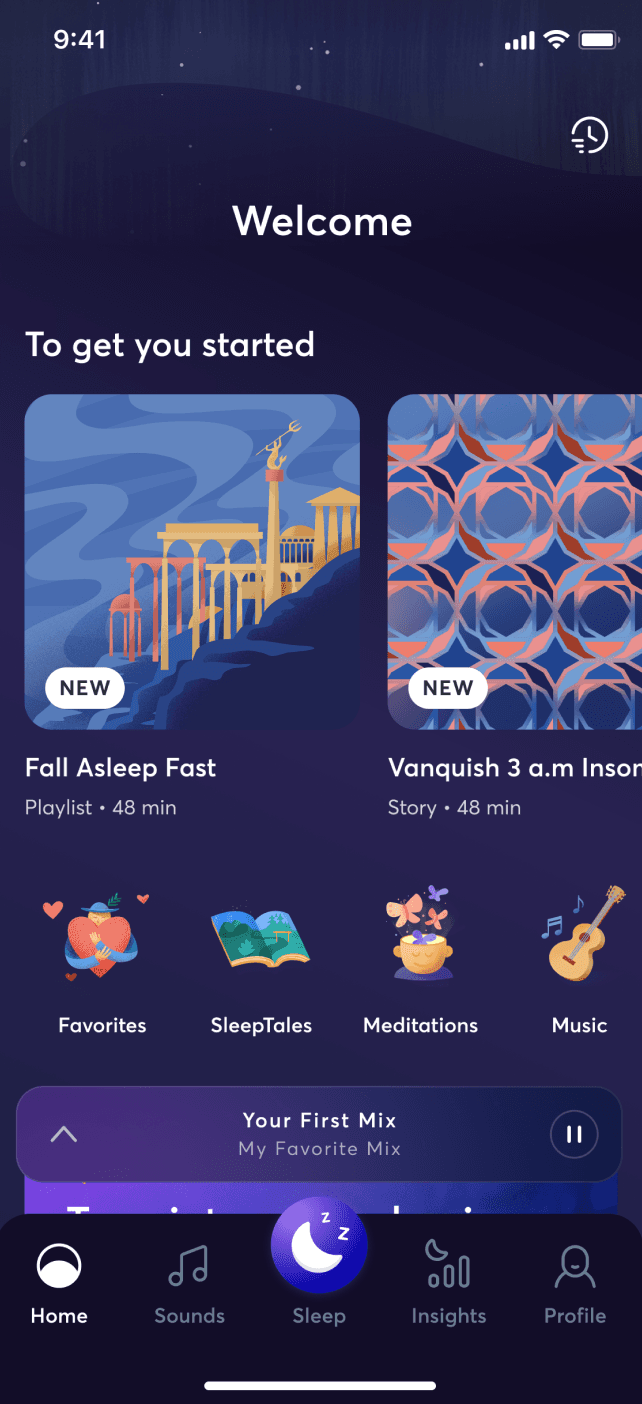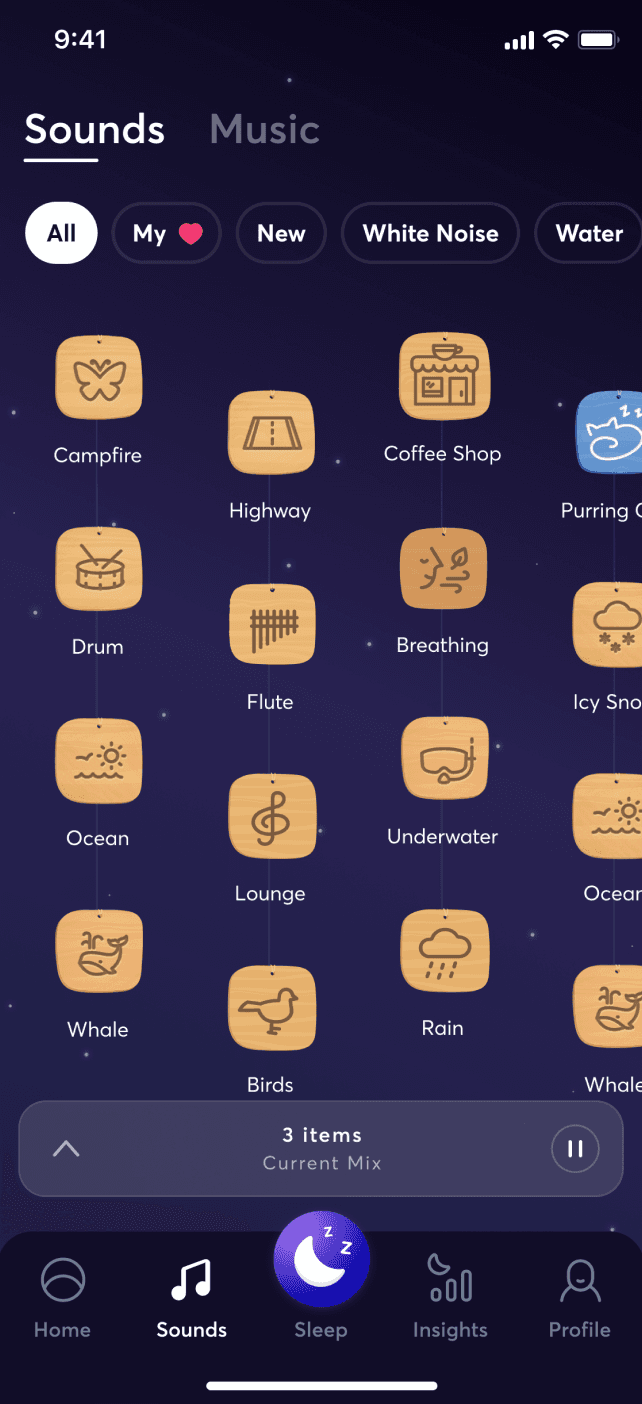
Is Your Daytime Sleepiness a Sign of Narcolepsy? How to Assess and Treat This Sleep Disorder
Narcolepsy typically begins in the pre-teen/teen years or early twenties, but it can also develop later on. Once narcolepsy emerges, it can continue throughout the individual’s life.
How Can a Person Know if They Have Narcolepsy?
If a person experiences chronic daytime sleepiness with or without other symptoms, it is essential that they seek a medical assessment.
Sleepiness is often overlooked as a serious problem, and is instead written off as part of a normal, busy life. In addition, many physicians don’t know how to recognize and treat narcolepsy. These may be reasons why this sleep disorder is frequently neglected or misdiagnosed.
The Self-Test for Excessive Daytime SleepinessThe Epworth Sleepiness Scale allows you to self-evaluate your level of daytime sleepiness. This scale was developed by Dr. Murray Johns at Epworth Hospital in Melbourne, Australia in 1991.
Each question asks you to rate the likelihood that you would doze off or fall asleep during a routine daytime situation (in contrast to just feeling tired during that activity). A score of 10 or higher indicates a possible sleep disorder.
This scale shouldn’t be used to self-diagnose. It’s intended as a tool to help you identify your own level of daytime sleepiness, which can be a symptom of a sleep disorder or other medical problem. A score of 10 or above is highly suggestive of narcolepsy. If you get this result, seek advice from a medical specialist, who will be able to provide you with whatever support you may need.


Diagnosing Narcolepsy
A narcolepsy diagnosis requires a sleep specialist’s assessment of the patient’s symptoms and two lab tests:
A polysomnography is needed to determine if REM sleep occurs early in the sleep cycle and to look for other sleep disorders. This is an overnight sleep study performed in a sleep lab. Sensors (without needles!) are placed on the patient’s head and other parts of their body to record brain activity (EEG), muscle activity, breathing, and eye movements during the night. This allows the sleep specialist to gather objective data about what’s happening in the patient’s brain and body during sleep.
Then, the Multiple Sleep Latency Test is performed to get an objective assessment of daytime sleepiness. This test measures how quickly the patient falls asleep and whether they enter REM sleep during daytime naps. The evaluation generally begins the morning following the polysomnographic assessment. The patient is placed in a dark, quiet room and is asked to try to sleep. If they fall asleep in less than 8 minutes on average over five naps, they’re considered to have excessive daytime sleepiness. If REM sleep is recorded within 15 minutes of falling asleep during at least two of the five naps, it’s highly likely that they have narcolepsy.
Treating Narcolepsy and Excessive Daytime Sleepiness
Narcolepsy can’t be cured, but a combination of behavioral and pharmacological treatments can reduce symptoms and improve quality of life.
Medications that promote wakefulness are used to reduce excessive daytime drowsiness and improve alertness during regular waking hours. These medications are called “stimulants” because they increase the levels of chemical messengers in the brain that are in charge of keeping us alert.
Medication alone may not be sufficient to completely mitigate excessive daytime sleepiness, so it’s combined with behavioral strategies and lifestyle changes:
Sleep hygiene strategies are used to reduce sleep fragmentation and improve sleep quality in people with narcolepsy, thereby reducing excessive daytime sleepiness. These strategies can include:
- Keeping consistent bed and wake-up times
- Avoiding alcohol and sedatives
- Abstaining from caffeine late in the day
- Creating a dark and quiet bedroom environment
- Limiting the use of electronic devices at night
Scheduled naps are recommended to increase alertness during key parts of the day and to prevent people with narcolepsy from falling asleep in situations requiring alertness, especially driving.


Treating Cataplexy
Cataplexy is a short loss of muscle control which is common among people with narcolepsy. It typically begins in the face, interrupting smiling or other facial expressions, and can also affect the neck, core muscles, and knees. Severe episodes can induce weakness in both legs, causing the individual to collapse to the ground. Cataplexy is treated with medications called selective serotonin reuptake inhibitors (SSRIs) or a medication called sodium oxybate, a strong sedative that must be taken twice per night. Due to safety concerns associated with the use of this drug, the distribution of sodium oxybate is tightly regulated.
Hypnagogic hallucinations (dream-like visions that people with narcolepsy experience as they’re falling asleep) and sleep paralysis usually don’t require pharmacological treatment. However, these symptoms are often improved by medications that suppress cataplexy.
Preventing Accidents
People with narcolepsy are at a higher risk for life-threatening accidents while driving, operating heavy machinery, or engaging in other activities that could affect their safety. It’s therefore important that they avoid these activities if they aren’t receiving treatment. If they are being effectively treated, they may still benefit from a nap just before the activity to increase alertness.
Work and School Accommodations
Adults with narcolepsy can request that their employer modify their work schedule so they can take naps when necessary and perform their most demanding tasks when they’re most alert.
Parents of children and teenagers with narcolepsy can work with their child’s school to accommodate their special needs—for instance, by enabling them to take medications during the school day and modifying class schedules to fit in a nap.
Emotional Wellness
Support groups can be extremely beneficial by providing a network of social contacts that can offer practical help and emotional support.
A healthy diet is important for people with narcolepsy because they have an elevated risk of obesity. It’s also recommended that they avoid large, heavy meals before driving or other activities that require alertness. Physical activity is also associated with improved sleep and mental health.
The Good News
The good news is that narcolepsy is a manageable condition, and nearly everyone with narcolepsy can lead a fulfilling life. They can even win wars and change the world, like Winston Churchill. He had narcolepsy, yet served twice as British Prime Minister, and led Britain successfully through the Second World War. With the right support and treatment, you’ll be able to overcome narcolepsy and do amazing things too.
“You must sleep some time between lunch and dinner, and no half-way measures. Take off your clothes and get into bed.” - Winston Churchill






















